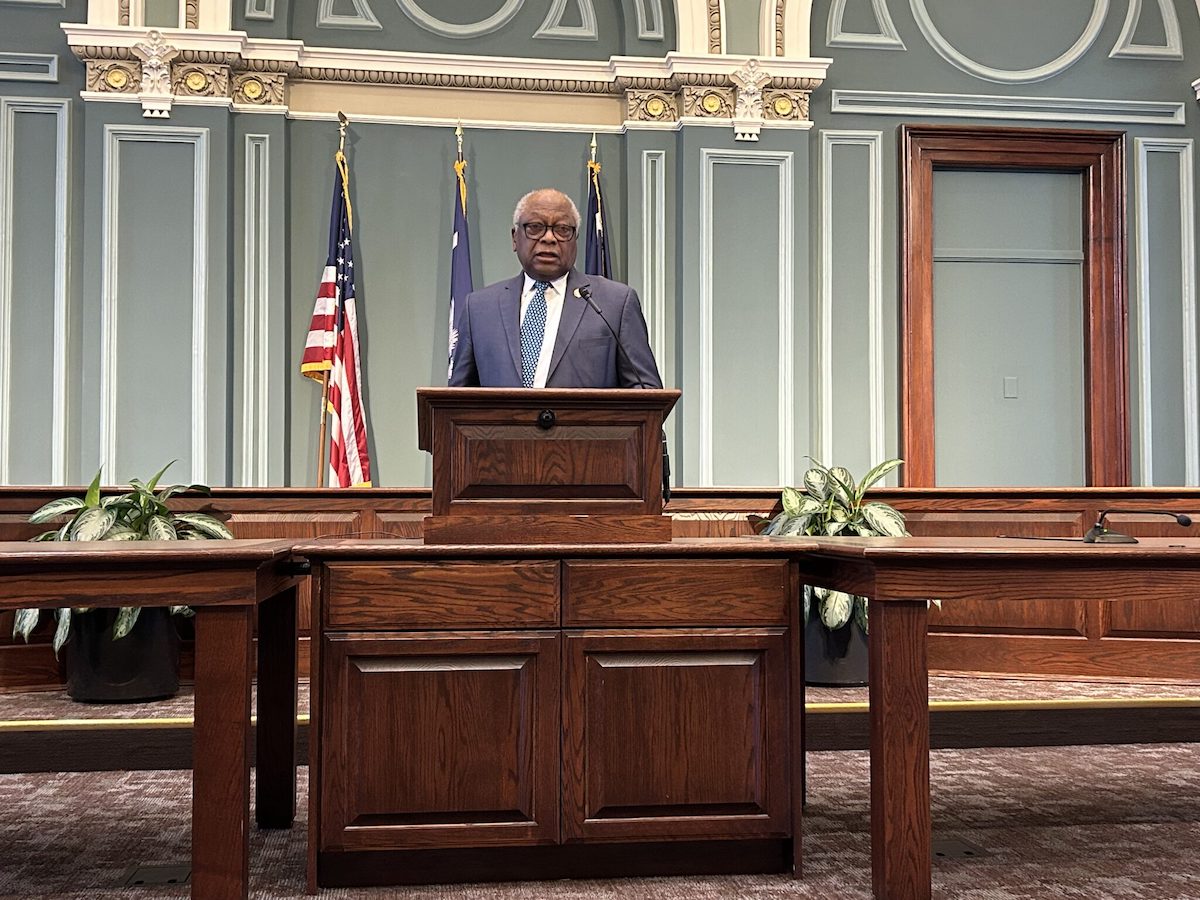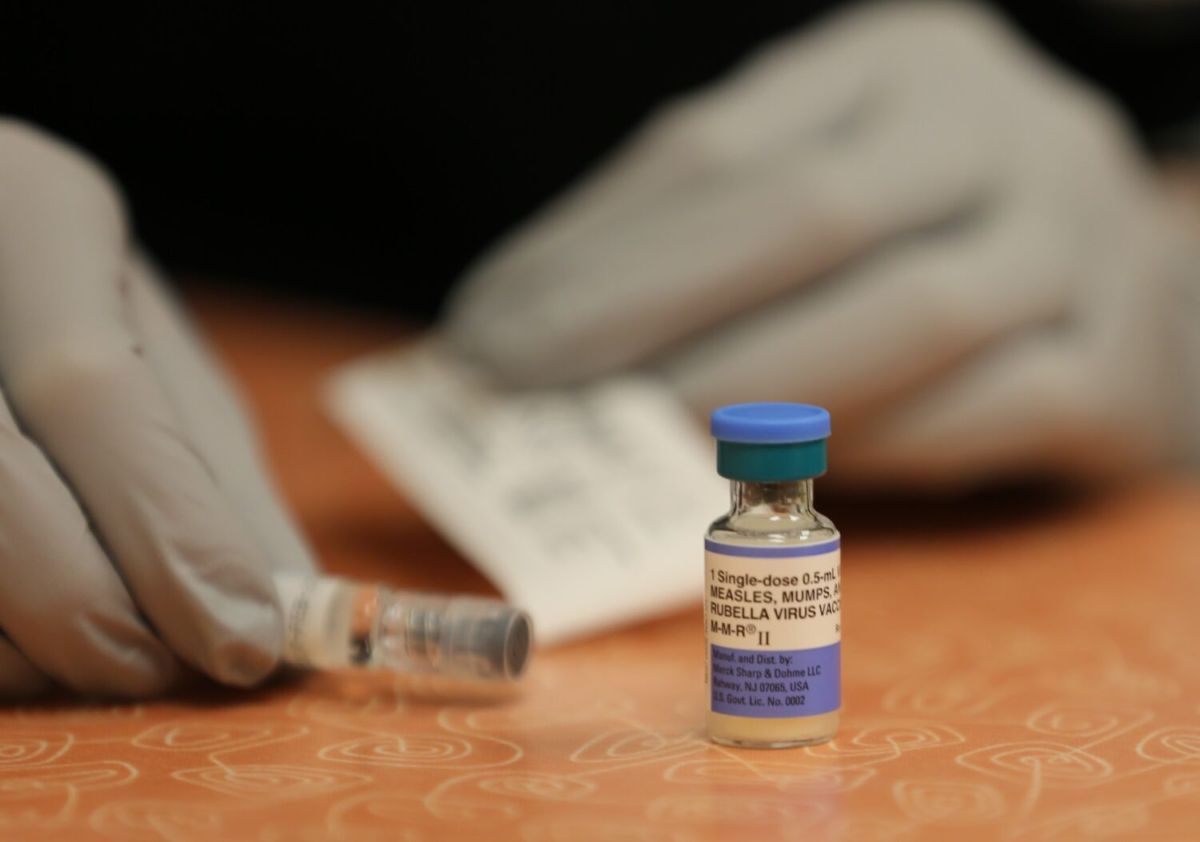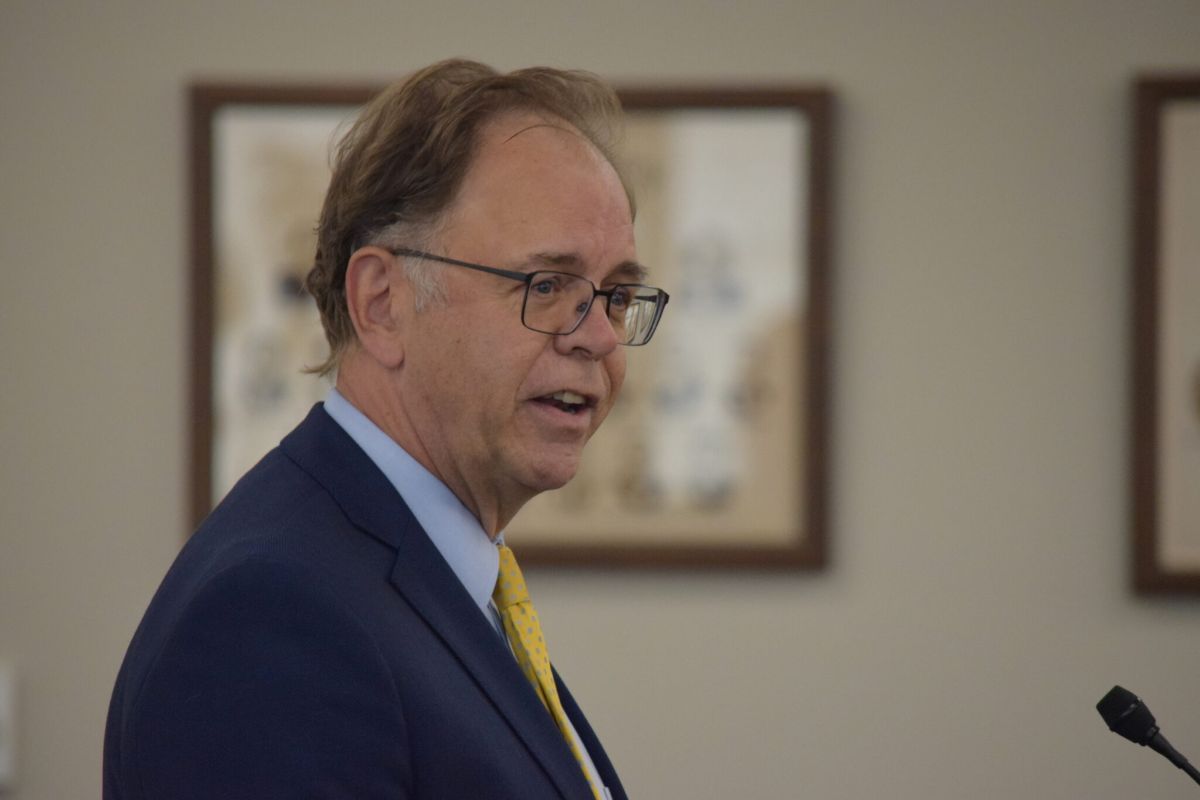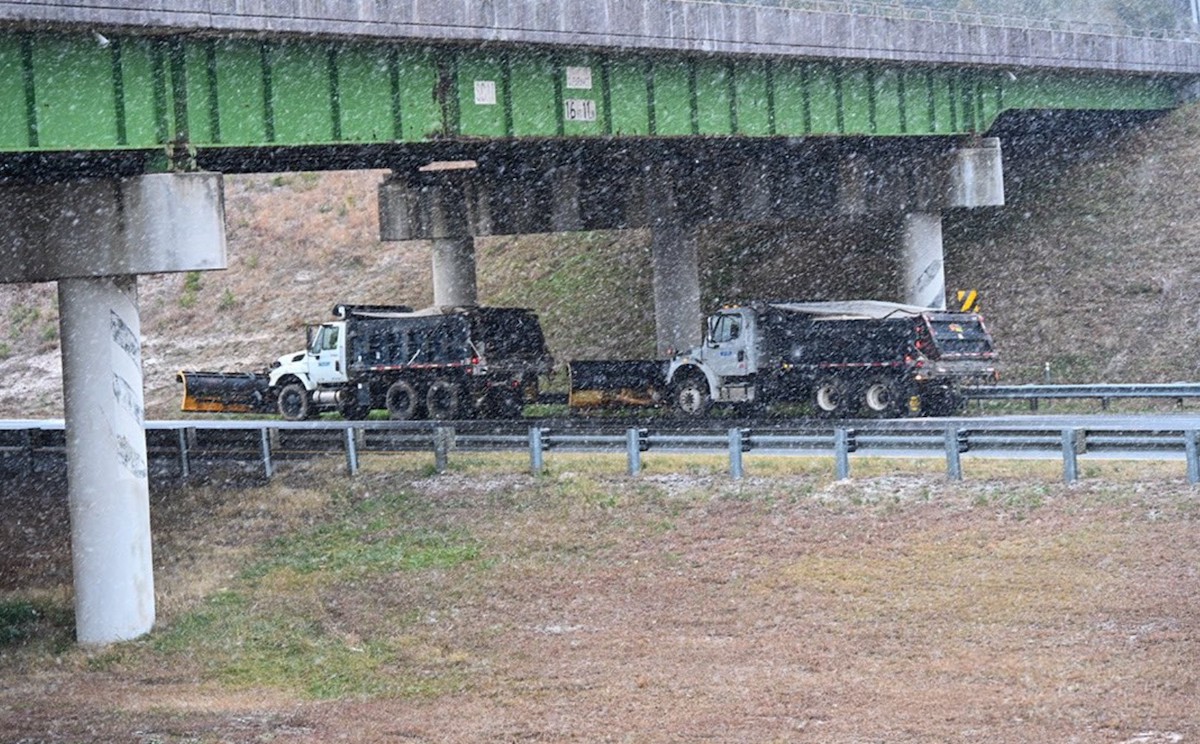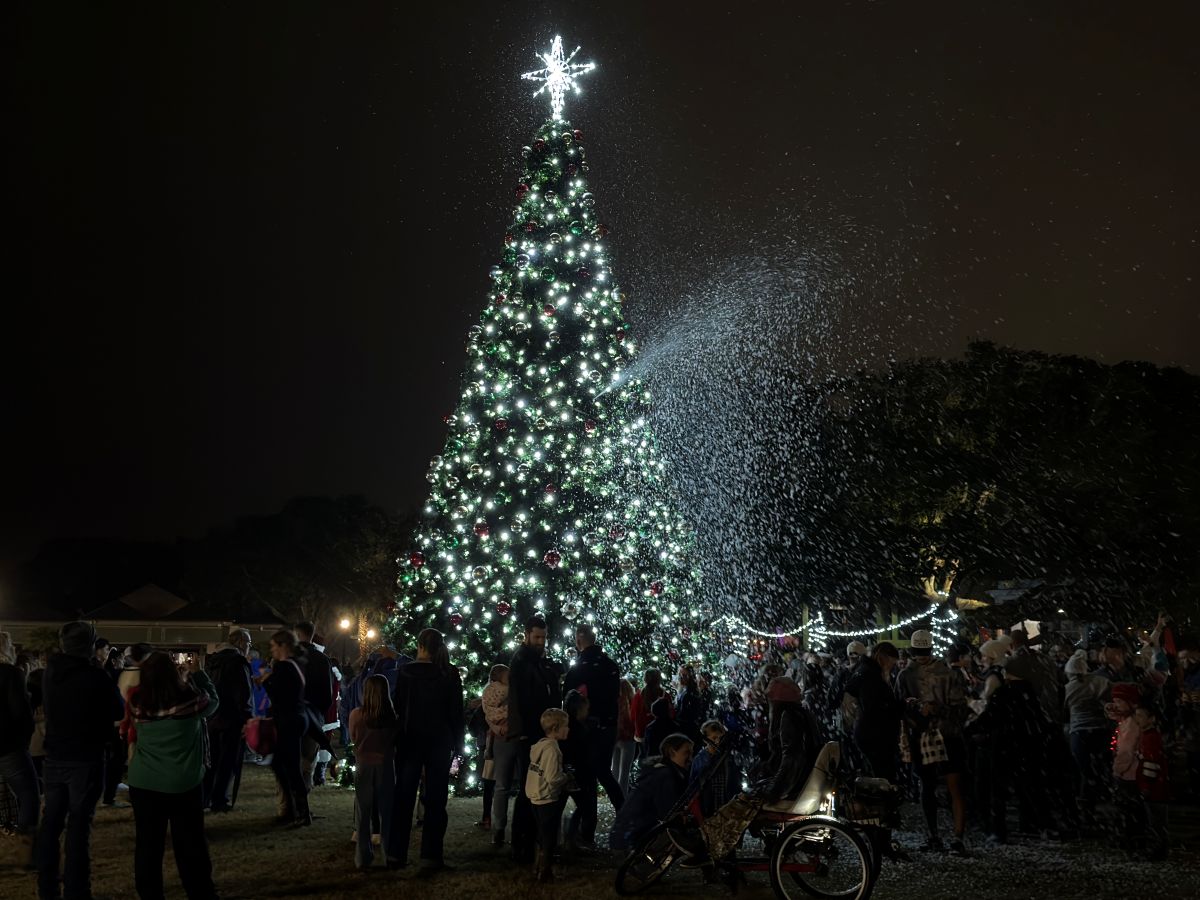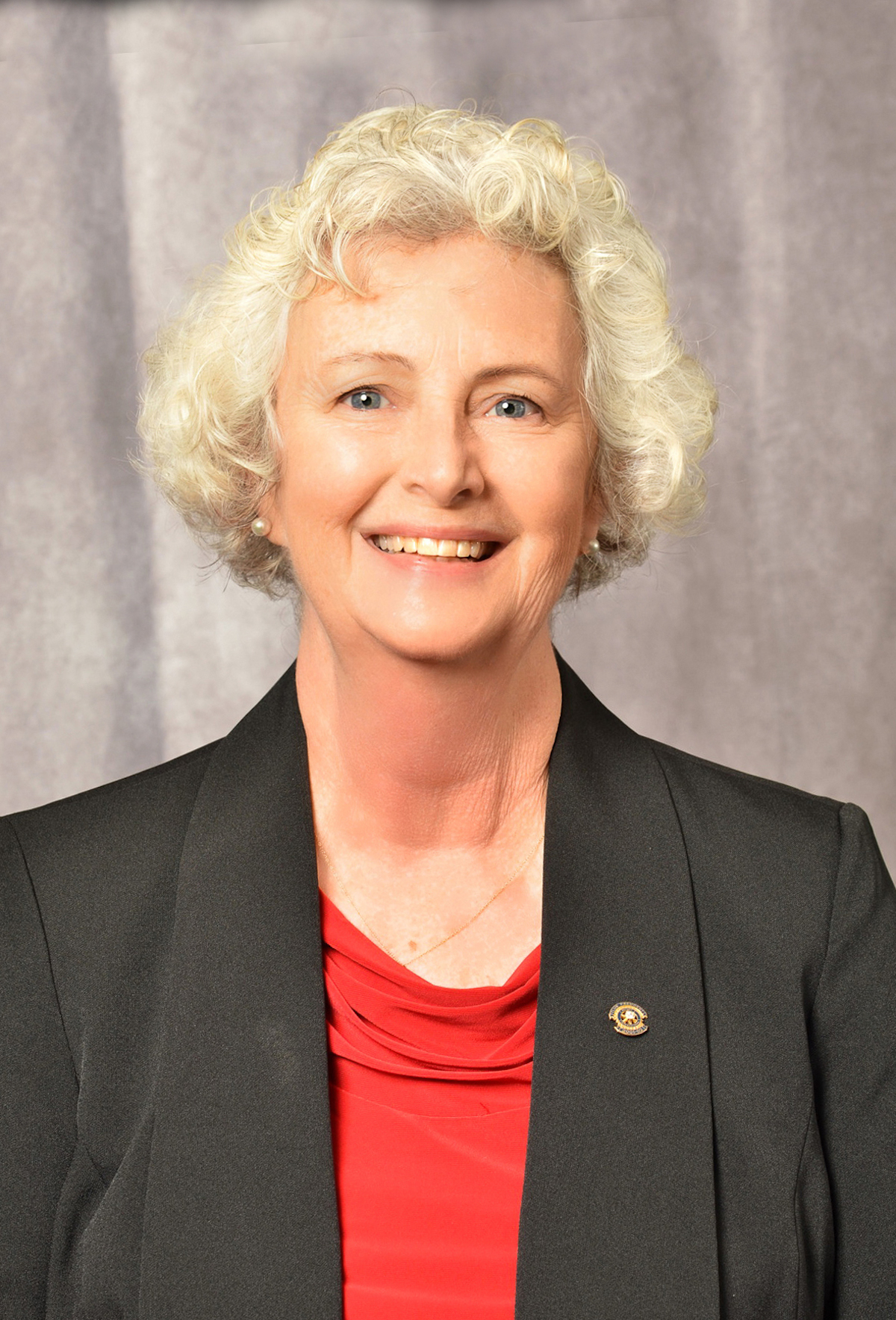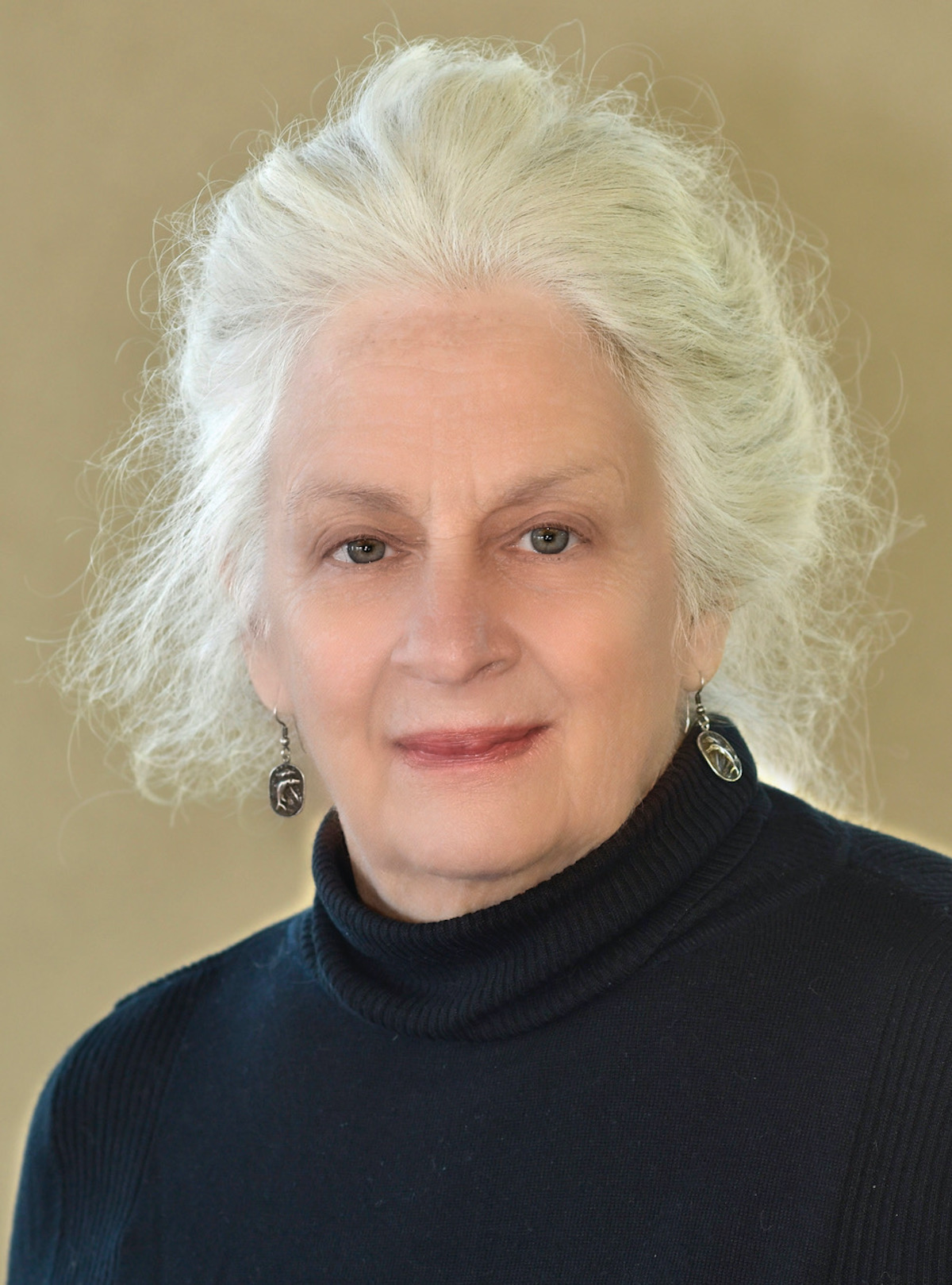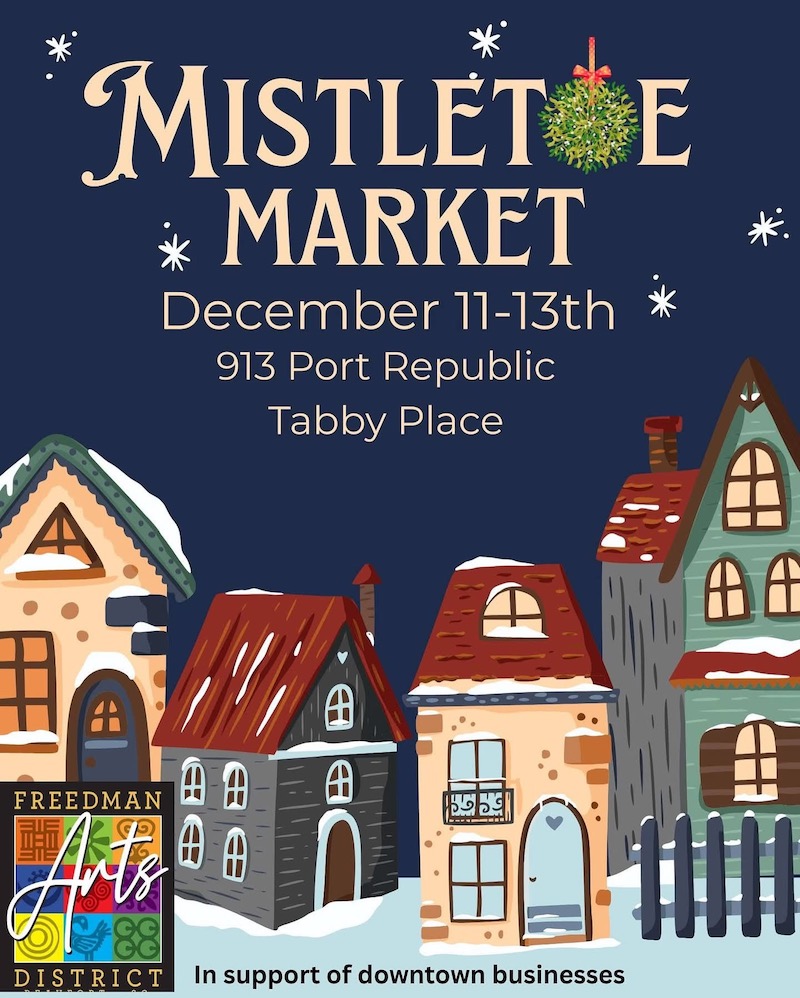Plan to separate Assembly Street traffic from trains has been in works for decades
By Skylar Laird
SCDailyGazette.com
COLUMBIA — With a $204 million federal grant, Columbia will be able to move forward with a major project meant to relieve congestion caused by passing trains, officials announced Friday.
The grant, which comes from a program meant to eliminate railroad crossings, could allow crews to start construction within the next two or three years, said state Department of Transportation Secretary Justin Powell.
That’s a major step in a plan that has been in talks for decades, officials said.
The process of getting permits for the project is underway. The exact timeline and cost will come into better focus after officials decide whether to raise or lower the major thoroughfare. Once construction begins, it’s expected to last up to two years, Powell said.
“This will be a challenging project to construct,” he said. “But I think at the end of the day, it will be well worth it for Columbia, for South Carolina.”
Current estimates put the cost of the project between $265 million and $305 million.
City officials have for years applied for grants without success.
The $204 million, combined with already-designated local, state and federal dollars, will mean the project has $279 million to work with, according to documents provided by the city.
The next question is how, exactly, to proceed. The cheapest option would be to lower Assembly Street by about 18 feet and build a bridge over the top for trains, according to the Department of Transportation.
However, that plan could be more disruptive to the surrounding area.
A more expensive but less disruptive option would raise Assembly Street over the railway, allowing trains to pass underneath, according to the department.
Transportation officials are expected to announce a decision this spring on which path they will take. Locals can give their opinions on which alternative they prefer until Saturday through the project’s website.
The CSX and Norfolk South Railway trains crisscrossing Assembly Street frequently block traffic for long stretches of time, delaying commutes to work and frustrating visitors to the nearby State Fairgrounds and Williams-Brice Stadium.
Not only could separating the road from the railways unsnarl traffic and make it easier to visit that part of the city, but it could open up an opportunity to improve a mostly industrial corridor, said Columbia Mayor Daniel Rickenmann.
He envisions murals by local artists covering the sides of the bridge, whether it’s for cars or trains, he said.
“It opens up the gateway,” Rickenmann said. “It opens up a whole realm of our downtown city. It makes us an urban center, and we’re so excited about that.”
U.S. Rep. Jim Clyburn, whose district includes Columbia, has been hearing those complaints since he was first elected to the office in 1993, he said. He helped fight for $7.4 million collectively designated in federal budgets through 2006, he added.
That money is going toward the environmental assessment officials are conducting so they can move forward with planning, according to documents the city provided.
The project, as well as others that improve transportation across the state, has become even more important with recent increases in population, which are expected to continue, he said.
“We have got to work together to make sure that we put in the infrastructure that is needed in order to accommodate the growth that’s taking place in South Carolina,” Clyburn said. “That is going to be the most important thing for us in the near-term, preparing for this growth.”
Skylar Laird covers the South Carolina Legislature and criminal justice issues. Originally from Missouri, she previously worked for The Post and Courier’s Columbia bureau. S.C. Daily Gazette is part of States Newsroom, the nation’s largest state-focused nonprofit news organization.
Where did the other money come from?
- $35 million in state budget earmarks over the last three years
- $10 million in a congressional earmark last year
- $5 million from the city of Columbia
- $25 million planned from Richland County penny tax
Source: City of Columbia


